Q: What is the function of the spark plug? What is its structure?
A: The spark plug is an important part of the test or system. Its function is to introduce the high voltage electricity generated by the ignition coil into the engine cylinder, form a spark between its electrodes, and ignite the mixture. The spark plug is mainly composed of a shell, an insulator, a terminal screw, a terminal screw cap, a sealing gasket, a center electrode, a side electrode, etc.
Q:What is the working environment of the spark plug?
A:The working environment of the spark plug is very harsh. It has to withstand repeated and drastic changes from room temperature to 2000-3000 degrees in the engine; it has to withstand 20000-40000 volts of high voltage electricity; it has to withstand 50 kg/cm2 of explosive force; it has to resist chemical corrosion from gasoline and gas. Therefore, the spark plug is not only a component with a higher failure rate in the engine ignition system, but also a component that is more easily damaged.
Q: Why is the ignition performance of the spark plug so important?
A:The ignition performance of the spark plug directly affects the performance of the car engine. If the ignition performance of the spark plug is not good, it will not only be difficult to start, but also feel weak when driving. The oil and gas will not burn completely, which will increase the fuel consumption and produce a lot of exhaust gas, which will seriously pollute the environment and seriously affect the service life of the engine.
Q:How to judge the quality of spark plugs?
A:The surface of the porcelain core of a spark plug that works properly during use is clean, white or light brown, or there is a very thin layer of brown powdery carbon deposits on the porcelain core; the electrode is intact and gray, and there is no ablation on the surface; the front end of the threaded body is dry, and the surface is brown or brown-red.
Q:What does the model of the spark plug mean?
A: Spark plugs produced in different countries use different model representation methods. The meaning of the spark plug model produced in my country is as follows:
1. English letters, indicating the structure, type and main dimensions of the spark plug.
2.Arabic numerals, indicating the calorific value of the spark plug
3. English letters, indicating the characteristics of the spark plug.
Q:What does the heat value of the spark plug represent?
A: The heat value of the spark plug indicates how fast it dissipates heat. The larger the value, the faster the heat dissipation (or the colder the spark plug). Different engines require different spark plugs and must be matched. Generally speaking, cars have high speeds and high compression ratios, so they need spark plugs with higher heat values (faster heat dissipation). Large cars have slow speeds and generally use spark plugs with lower heat values (slower heat dissipation).
Q:What will happen if the heat value of the spark plug is not correct?
A: The higher the heat value, the faster the heat dissipation, which can easily cause the temperature of the spark plug to be lower, resulting in carbon deposits on the ignition head, causing electrical leakage, and the spark plug cannot fire when tested; If the heat value is too low, the heat dissipation is insufficient, the spark plug temperature is too high, which can lead to deflagration, etc., and can easily cause the spark plug head ceramic to burn and the electrode to dissolve.
Q:How to distinguish between hot and cold spark plugs?
A: Spark plugs are divided into three types: hot, cold, and medium. In my country, they are distinguished according to the length of their insulators. The longer insulator of the spark plug that is screwed into the combustion chamber is the hot type, the shorter one is the medium type, and the shortest one is the cold type.
Q:How to judge the quality of spark plugs?
A: (1) Check whether the spark plug gap meets the requirements.
(2) Check whether there is pollution and carbon deposits on the spark plug skirt.
(3) Check whether the side electrode is damaged and whether the center electrode is leaking.
(4) Check whether the spark plug insulator is cracked or broken.
(5) Check whether the insulator core and the shell are loose and leaking.
(6) Check whether the spark plug sealing gasket is leaking.
(7) Perform a spark test.
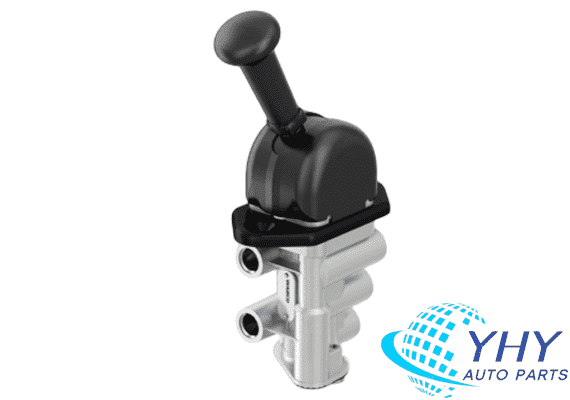
Wabco Hand Brake Valve 9617222620/1519251/81523156086 Hand Control Valve For Trucks

Wabco Original 4461220530/171274/1277319/3413343 Trailer CAN Repeater
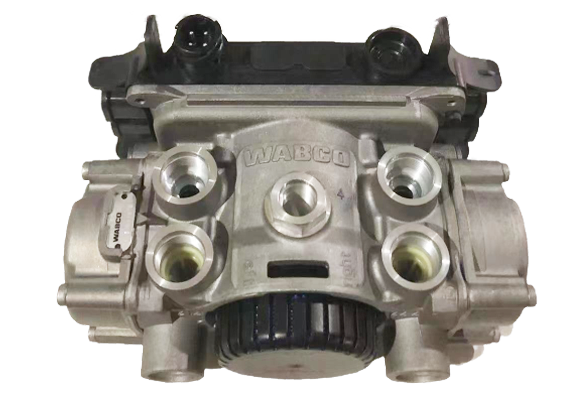
Original Wabco EBS Axle Modulator 4801041070/81521066066 For MAN

Premium Original Quality Pressure Limiting Valve 9750090010/WAB9750090010/0044310306 Pressure Limiting Unit For Trucks
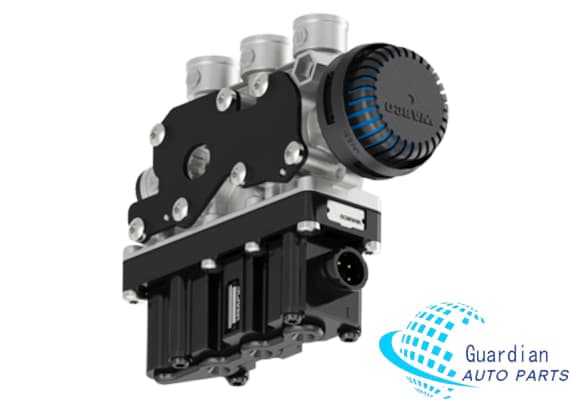
Genuine Wabco 4729000610/1506181/1383955 ECAS Solenoid Valves For Trucks
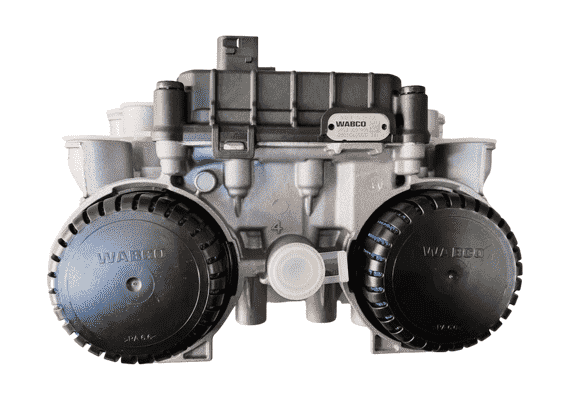
Wabco EBS Axle Modulator 4801062020 For Tata Trucks
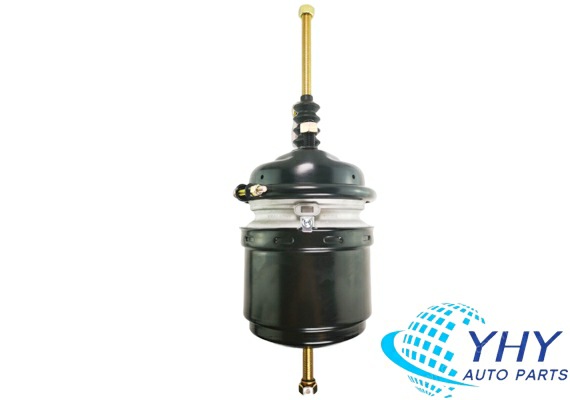
Wabco 9254921020/660740 Universal Tristop-Cylinder Cam 30/30 For Trucks
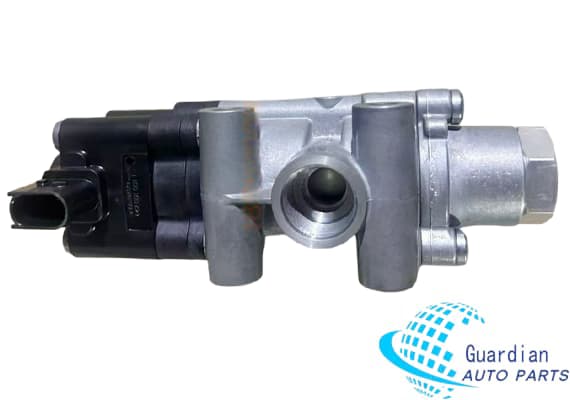
Genuine Wabco 4728900810/2158373 Solenoid Valves For Trucks And Buses
Tel
